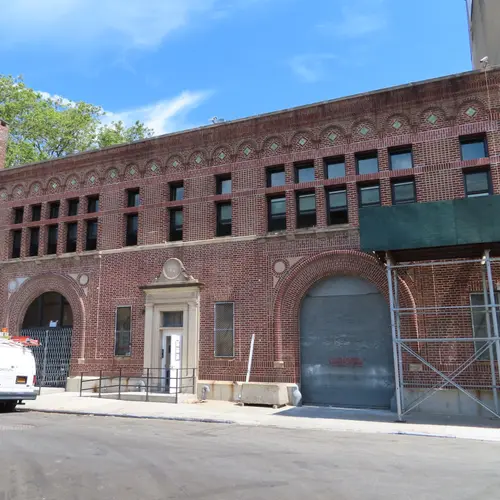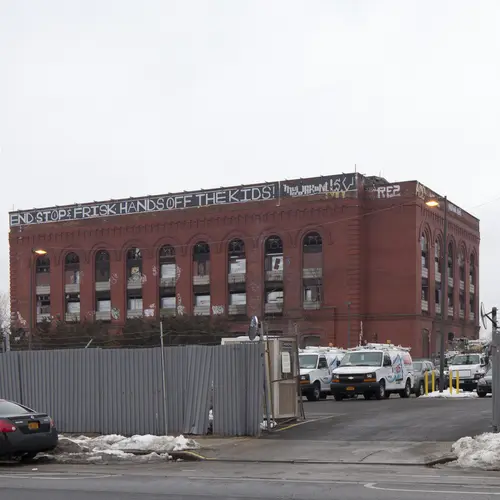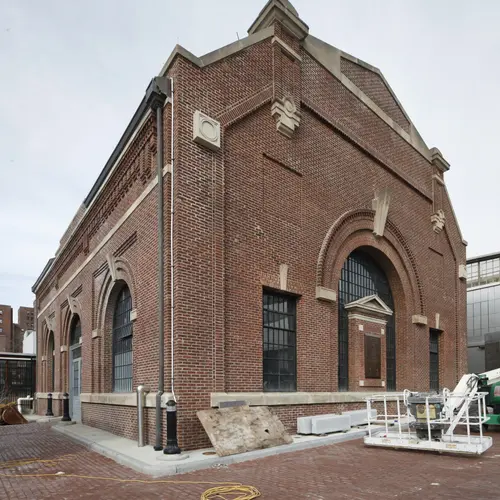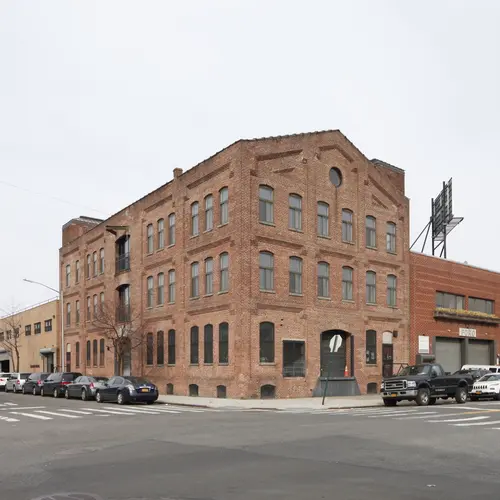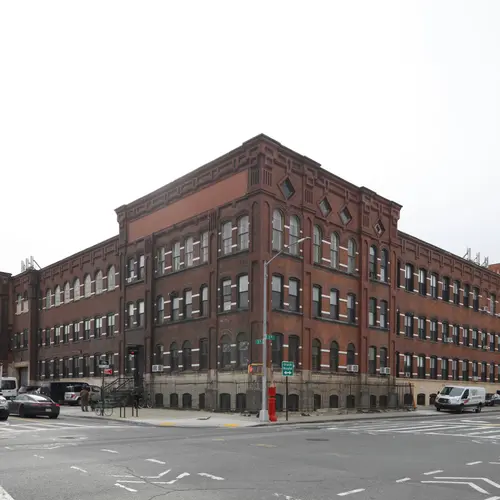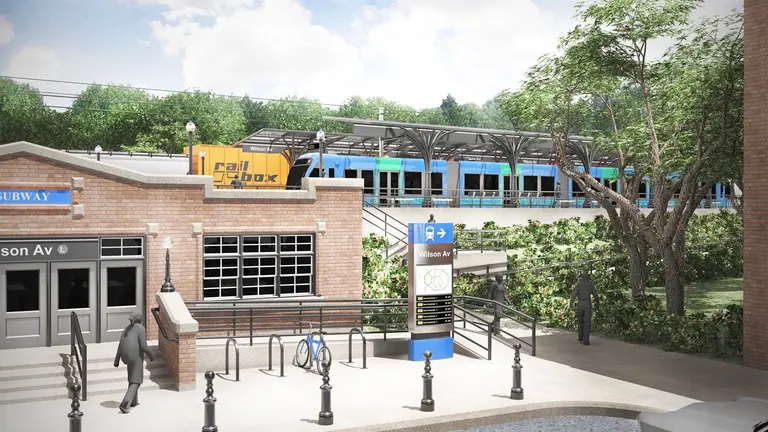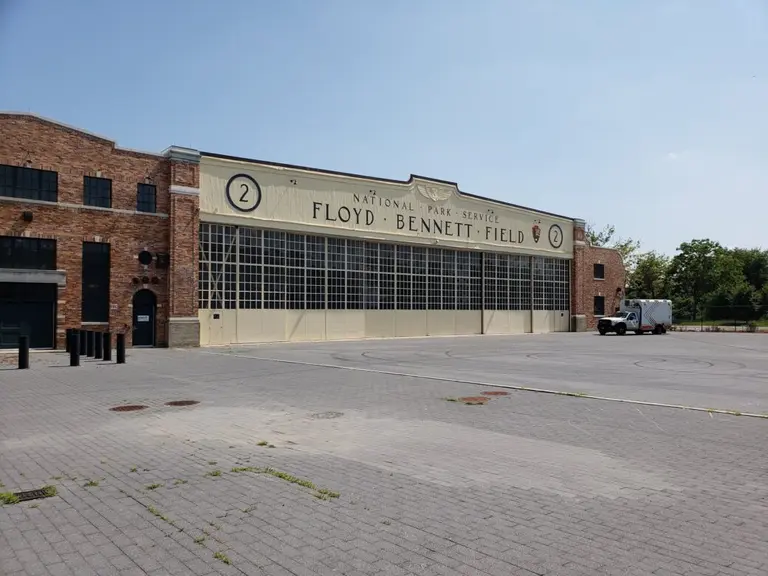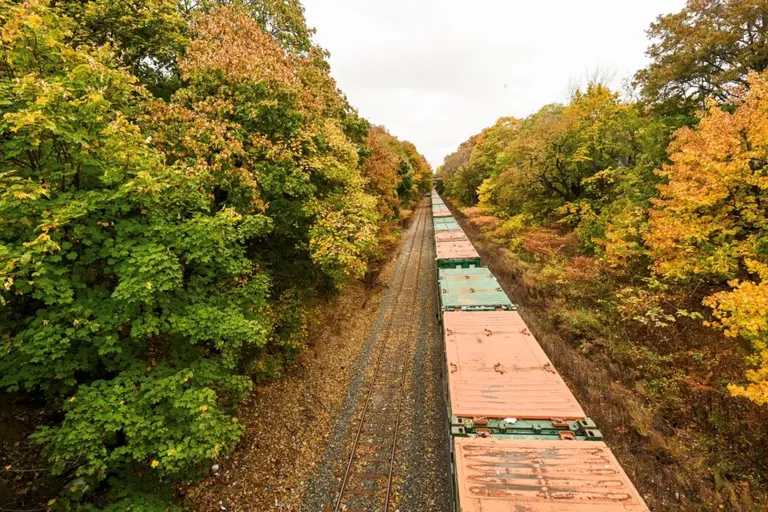Five properties in Gowanus may be landmarked ahead of proposed rezoning
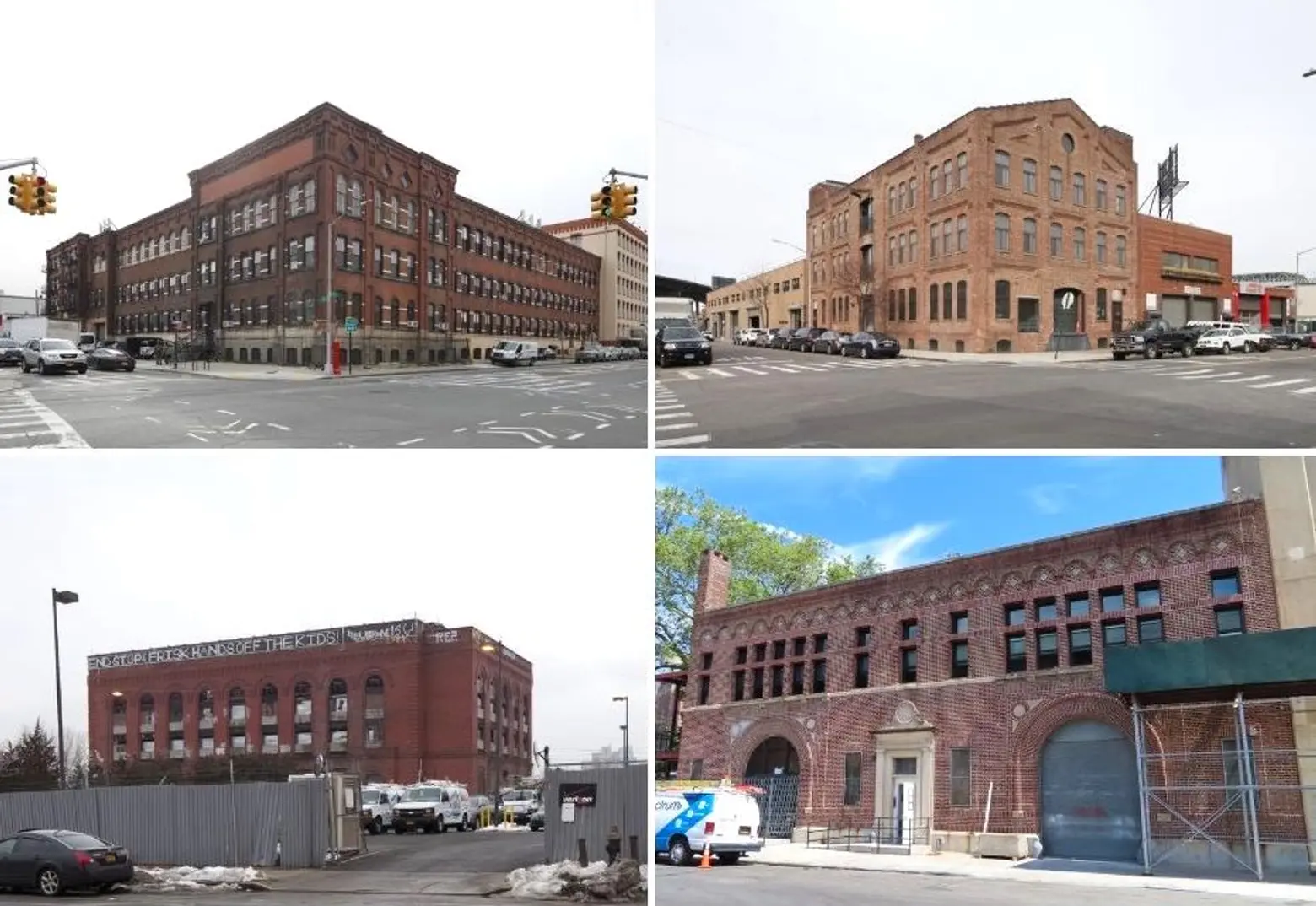
Via LPC
Five properties in Gowanus may be landmarked as the Brooklyn neighborhood prepares to be rezoned. The Landmarks Preservation Commission on Tuesday voted to calendar eight buildings across five properties in the neighborhood, describing them as both architecturally significant, as well as closely associated with the history of the Gowanus Canal. The decision to calendar the sites comes after the city released in January its rezoning draft for Gowanus, which includes enabling more residential buildings and access to the waterfront.
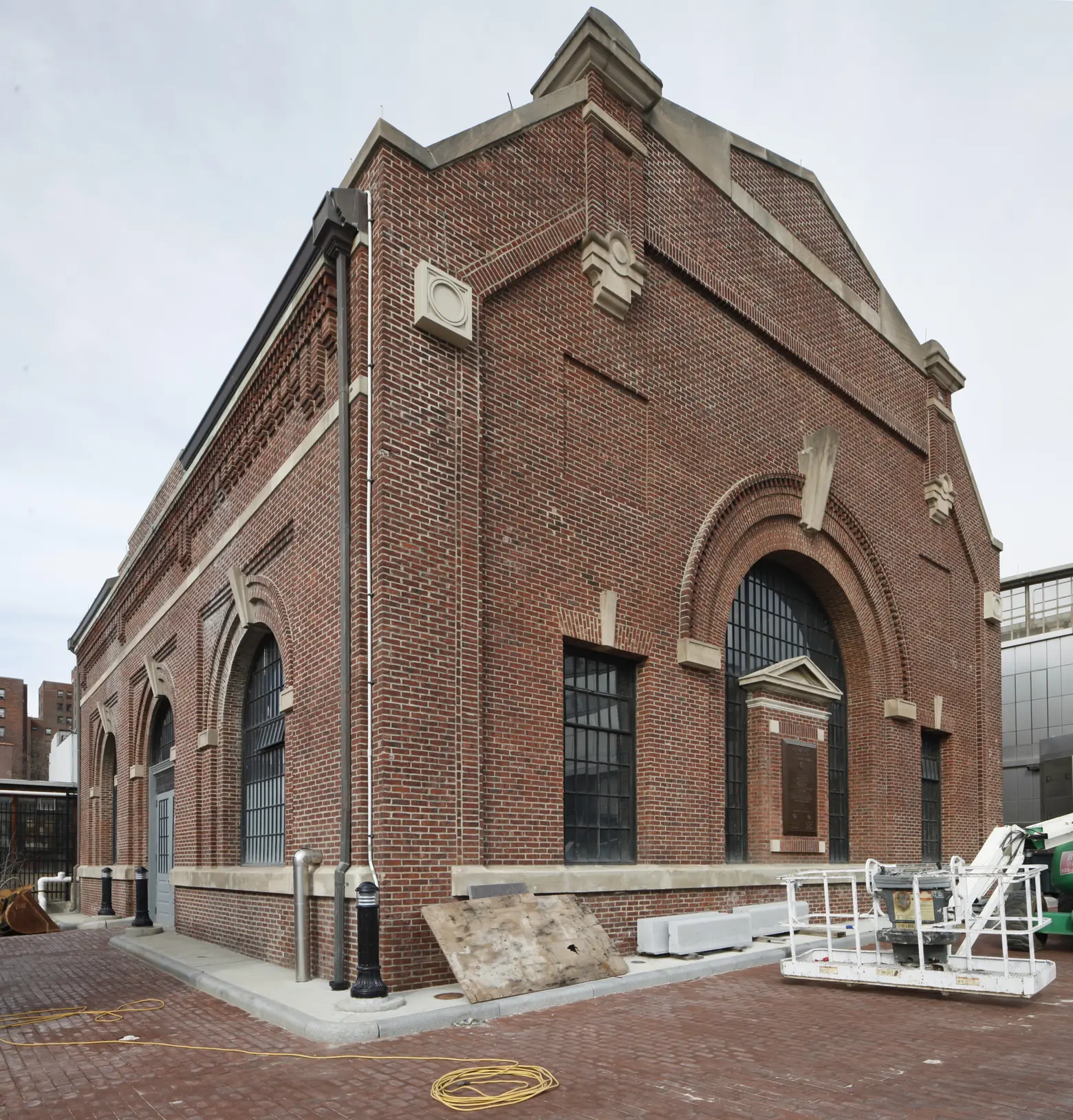
The Gowanus Flushing Tunnel Pumping Station and Gate House at 196 Butler Street was built in 1910 and designed by Edwin J. Fort; via LPC
The Gowanus Landmarking Coalition formed in 2017, around the time the city began studying the neighborhood for potential rezoning possibilities. The group has been at the forefront of the landmarking effort, releasing last May a list of 15 priority sites they identified as significant buildings.
“We view this as a great first step by the Landmarks Preservation Commission,” Brad Vogel, a co-founder of the coalition, said in a statement.
“While we strongly encourage the Commission to continue reviewing additional potential landmarks in Gowanus–and along Brooklyn’s Fourth Avenue, in Carroll Gardens, and in Red Hook,–it is heartening to see even a handful of true landmarks calendared before the proposed rezoning arrives.”
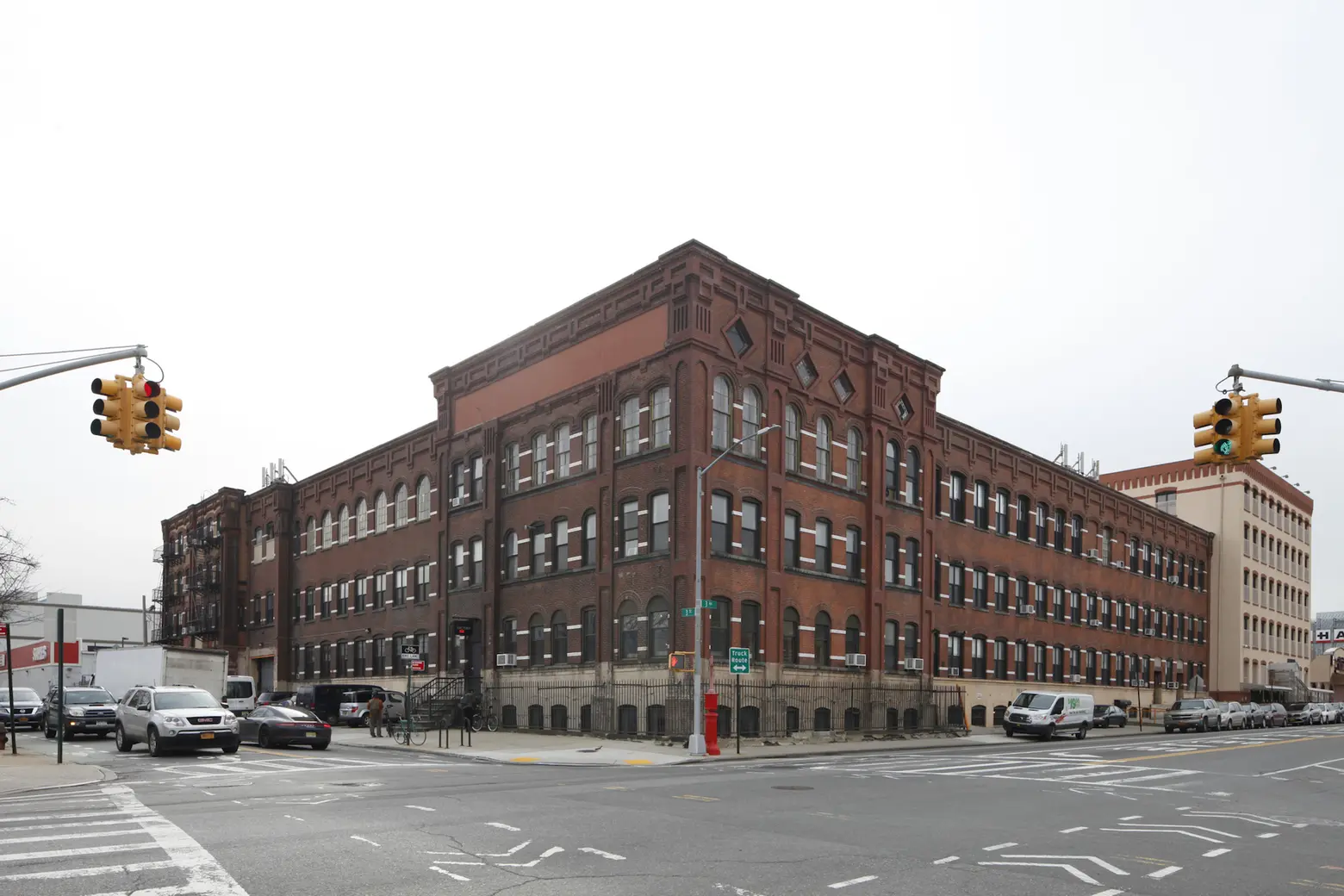
The Somers Brothers Tinware Factory (later the American Can Company) at 238-246 Third Street was built in 1884, 1891 and designed by Daniel McLean Somers; via LPC
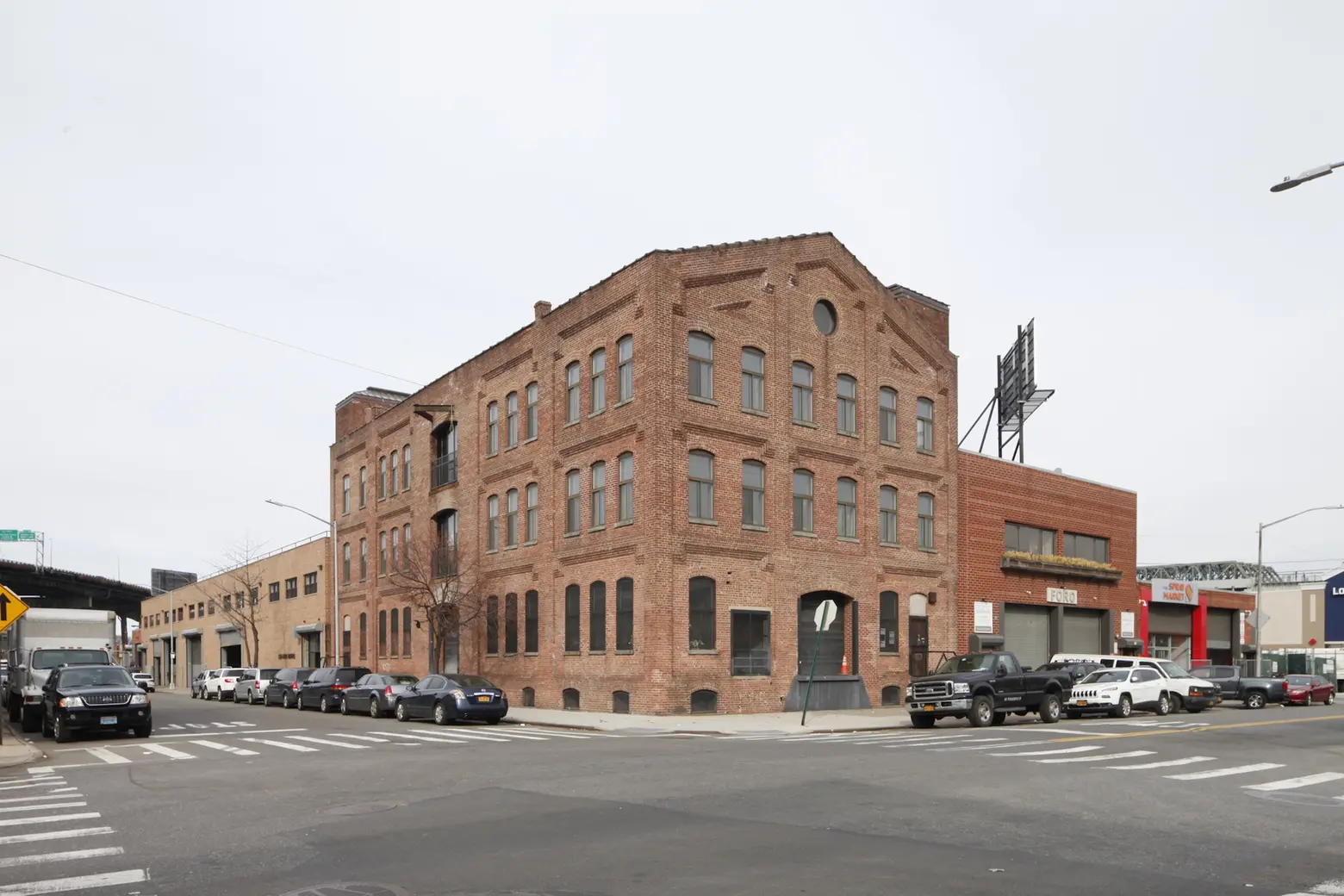
The Montauk Paint Manufacturing Company Building at 170 2nd Avenue was built in 1908 and designed by G. George Heghlman; via LPC
On Tuesday, the LPC calendered some of the sites recommended by the coalition, to be considered as individual landmarks including the Gowanus Flushing Tunnel Pumping Station and Gate House, the Somers Brothers Tinware Factory, the Brooklyn Rapid Transit Company Power Station Engine House, the Montauk Paint Manufacturing building, and the American Society for the Prevention of Cruelty to Animals building.
Council Member Brad Lander applauded the LPC for calendaring the sites before the rezoning happens. “Gowanus is rich with industrial and architectural history,” Lander said in a statement. “So one of our goals in planning for its future must be to preserve, celebrate, and connect people to that history, even as we make room for new uses to meet our city’s needs.”
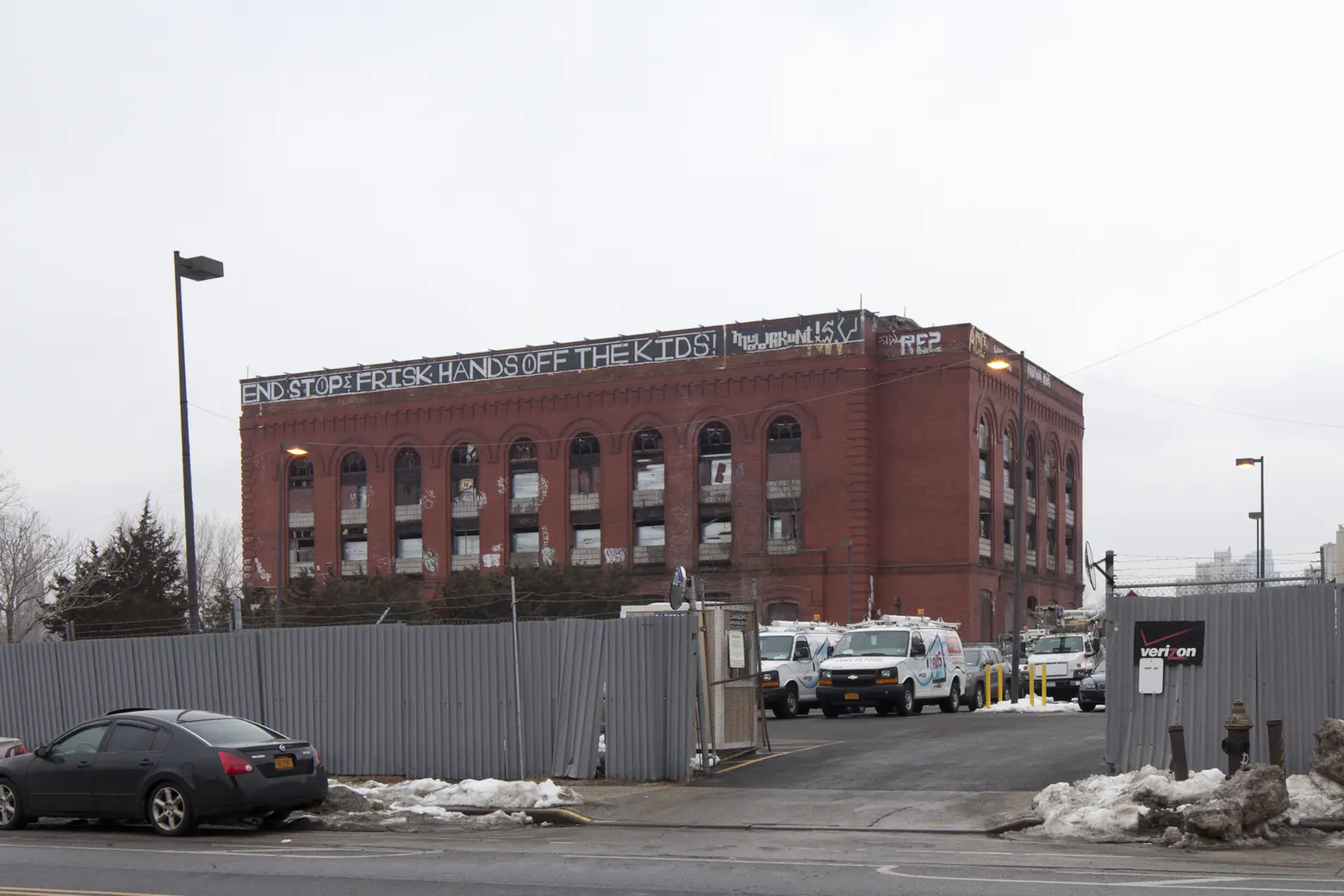
The Brooklyn Rapid Transit company Central Power Station Engine House is located at 153 2nd Street. It was built in 1901 and designed by Thomas E. Murray; via LPC
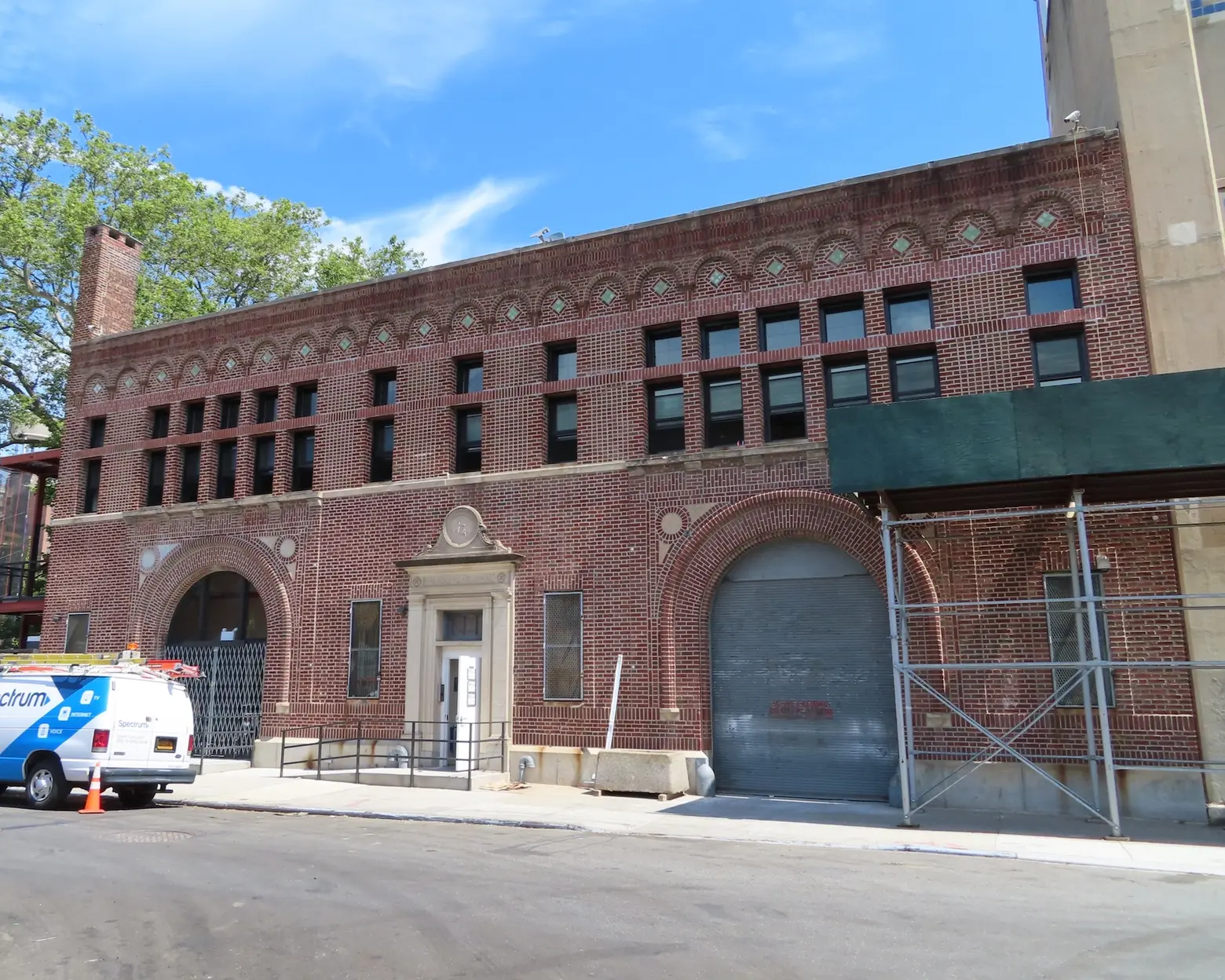
Located at 233 Butler Street, the American Society for the Prevention of Cruelty to Animals (ASPCA) Rogers Memorial Building was built in 1913, expanded in 1922, and designed by Renwick, Aspinwall & Tucker; via LPC
The neighborhood already has three historic landmarks, including Public Bath #7, the New York and Long Island Coignet Stone Company Building, and the Carroll Street Bridge. The Gowanus Landmarking Coalition plans to continue to push for protection for other architecturally notable structures in the area as the city prepares to rezone the neighborhood, as well as seek state and national designation.
In 2014, the effort to get Gowanus state and national register status failed because of a “lack of understanding of what register designation actually entails,” according to Linda Mariano of Friends and Residents of Greater Gowanus.
“Aside from city-level calendering, Gowanus need to be designated a State and National register district before the rezoning is unleashed,” Mariano said in a statement. “The State Historic Preservation Office needs to make this happen. It’s time.”
RELATED:
